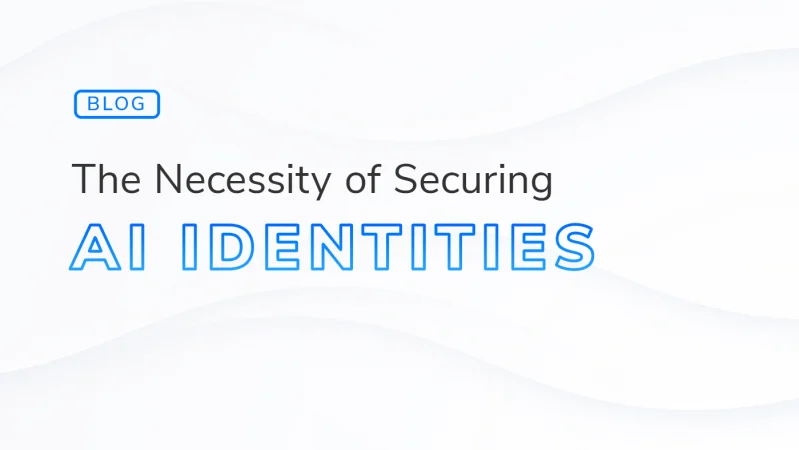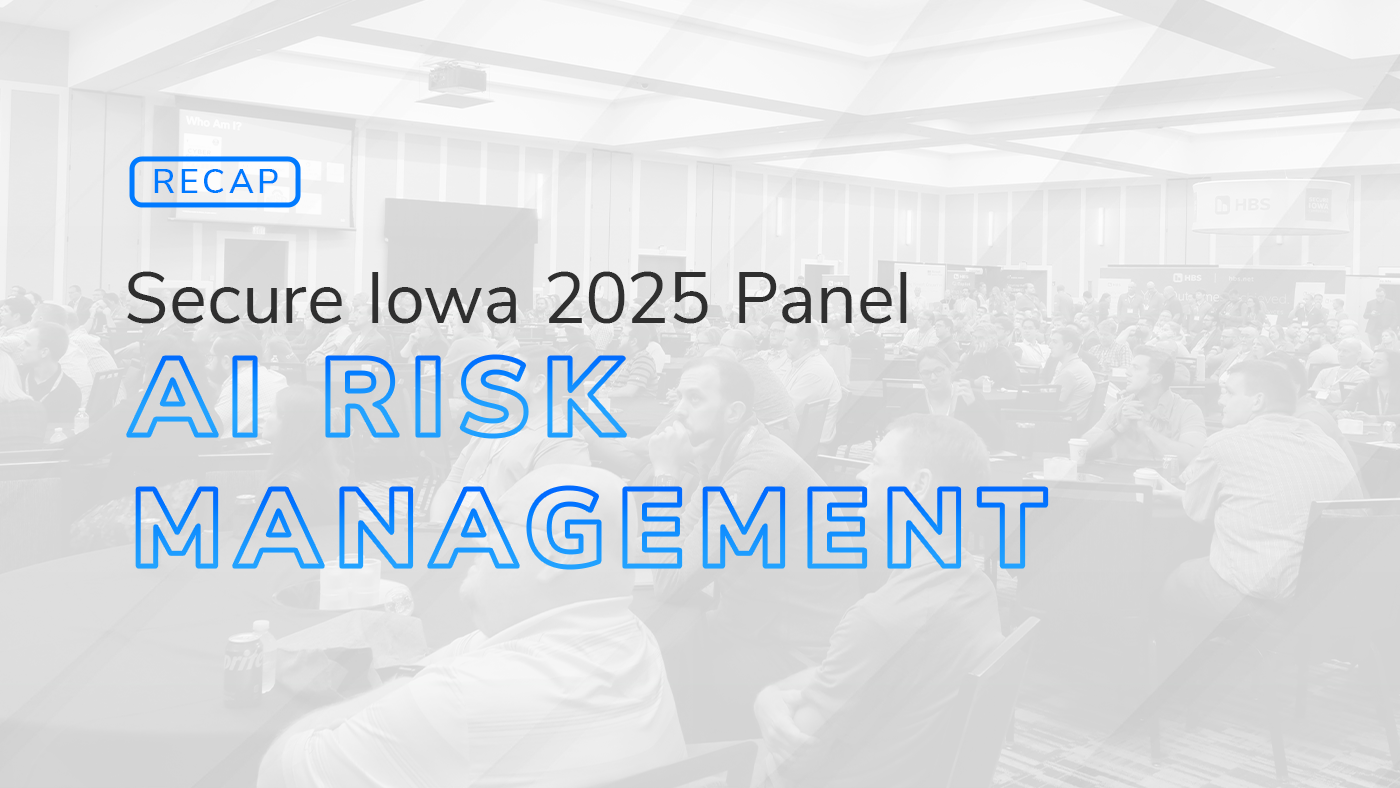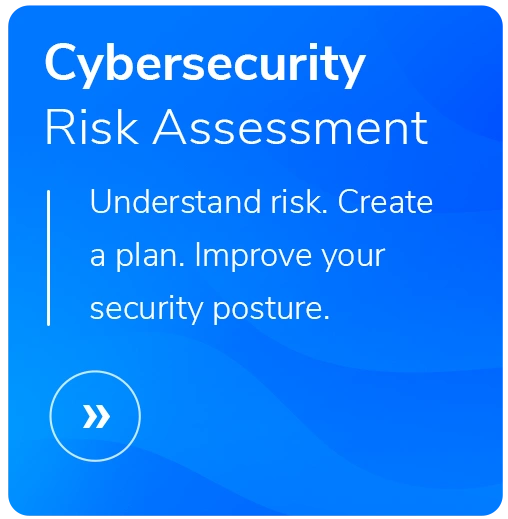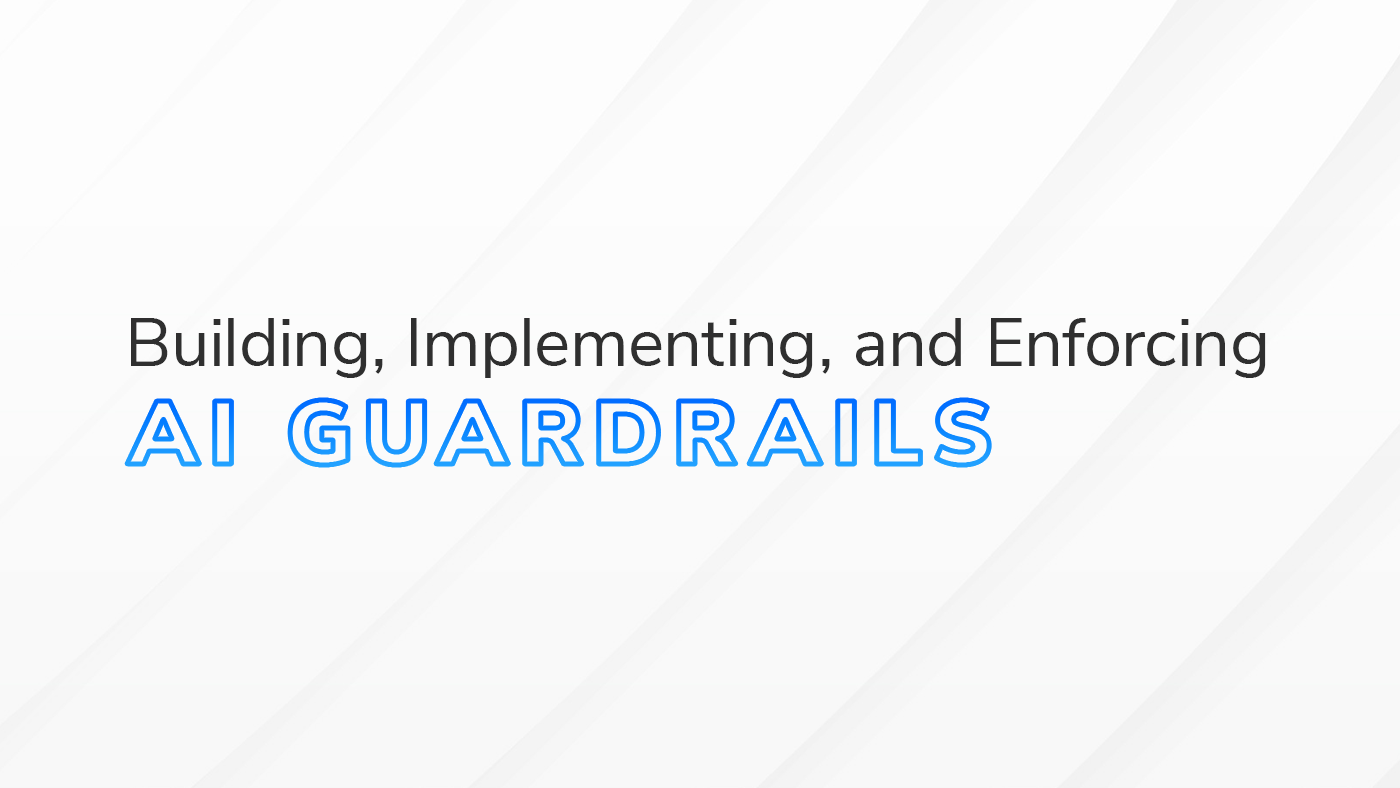Securing AI Identities: Why Lifecycle Management Is the Next Frontier of IAM
- Read Time: 4 mins

In this article...
- Why AI-driven identity threats are outpacing traditional IAM
- How lifecycle management closes the biggest gap in identity security
- What a complete AI agent lifecycle looks like—from creation to decommissioning
- Why ownership and governance matter for AI identities
- How Cisco Duo IAM addresses modern identity risks
- How strong identity and data governance build trustworthy AI foundations
- Key actions to future-proof your IAM strategy for the AI era
Identity has become one of many front lines of cybersecurity. Attackers no longer need to break down your doors—they just log in. With AI making it easier to mimic humans, spin up convincing agents and launch phishing attacks at scale, identity management is facing a tipping point.
The problem isn’t just passwords or access controls, but lifecycle. We’ve always had processes for people: onboarding, access assignment, monitoring and eventually offboarding. But what about AI agents? Who creates them, who approves their access, and—maybe most importantly—who shuts them down when they’re no longer needed?
That’s the gap most organizations aren’t ready for. And it’s where the next phase of identity and access management (IAM) will be defined.
Identity at the Core of Cybersecurity

Identity-based attacks now account for 60% of Cisco Talos Incident Response cases. They’re also among the most costly breaches organizations face. Why? Because a lot of IAM systems were designed for convenience first, security second.
AI has raised the stakes even further.
- Agentic AI can look like a human. Logging in, generating valid credentials, performing actions that blend in with legitimate traffic.
- AI-powered phishing is relentless. Polished, personalized attacks at scale.
- Shadow AI is spreading fast. Employees experimenting with unapproved AI tools and unintentionally exposing sensitive data.
Identity was once just about people. Now? Machines, processes and agents all need to be part of your IAM strategy.
IAM in the Age of AI Agents
A developer’s AI agent writes and pushes code while the developer is on vacation. A printer runs an agent that suddenly requests database access. A help desk agent “verifies” a voice that isn’t real.
AI agents don’t follow the rules we designed for humans. They don’t carry badges, take lunch breaks, or retire. They persist until you remove them.
Traditional IAM wasn’t built for this. Zero Trust needs to stretch beyond least privilege for users. It now has to cover every process and agent that touches your environment.
Lifecycle Management: The Missing Piece
Identity security should be about managing the full journey—adding people, changing permissions, removing them when they leave. In the AI era, that same discipline has to apply to agents. Otherwise, you’re left with “ghost agents” roaming your environment with unmonitored access.
Here’s what lifecycle management looks like when AI is part of the picture:
- Provisioning: Who decides an agent should exist? What role does it serve? Guardrails must be in place before an agent is created.
- Access Assignment: Tie permissions to a specific task or process, not a broad role. An agent doesn’t need blanket access.
- Authentication and Authorization: Humans use MFA or passkeys. Agents require continuous validation based on credentials, device, behavior and process-level identity.
- Monitoring and Oversight: Detect when context doesn’t match. If an agent works at midnight on behalf of someone on vacation, that’s a red flag.
- Change Management: As tasks evolve, access should too. Scope creep for AI agents is an open door for attackers.
- Decommissioning: Retire agents completely. Revoke access, remove integrations and wipe data. A lingering agent is an insider threat waiting to happen.
One of the biggest questions: who owns AI agents? HR manages humans. But who manages agents? CISO? IT? Business leaders? Without clear ownership, lifecycle management breaks down.
Organizations that…
- Define ownership early
- Enforce lifecycle controls
- Demand agent-level governance from their IAM providers
...will be the ones that stay secure.
Cisco Duo IAM: A Strong Option for the AI Era
Cisco has reimagined identity and access management (IAM) with the launch of Duo Identity and Access Management. It’s built for the reality of AI-driven identity threats and extends the trusted foundation of Duo MFA.
Key capabilities include:
- Passwordless authentication: Reduces reliance on credentials that can be stolen.
- Proximity verification: Confirms access requests are legitimate, helping block AI-driven account takeovers.
- Session theft protection: Mitigates cookie-based authentication risks and session hijacking.
- Unified Identity Intelligence: Provides visibility into users, devices, and agents with Cisco Security Cloud analytics.
We see Duo IAM as a strong contender of IAM solutions available today. Its focus on security and usability makes it worth considering as organizations strengthen identity protection in the AI era.
Data and Identity Governance: The Foundations of Trustworthy AI
Helen Patton, long-time CISO and security advisor, has warned that “Bad processes plus bad data equals bad AI at scale.”
- If your identity hygiene is weak, AI agents will inherit that weakness.
- If your data governance is poor, AI will amplify the problem at speed and scale.
This is not a good time for bolt-on fixes. It IS the time for unified governance—identity, data and AI security working together.
Build Trust into Every AI Decision
Strong IAM controls stop bad logins. Governance stops bad decisions. Explore how policy and oversight turn AI access into AI accountability.
Preparing for the Next Identity Crisis
Because AI has already changed how attackers operate the next step is ensuring it doesn’t change how organizations fail. That starts with a new mindset.
- Redefine what “entry-level” identity means—not just users, but agents, machines and processes.
- Build lifecycle management for AI agents into your IAM strategy.
- Demand process-level visibility from your vendors.
- Prioritize identity intelligence and real-time monitoring.
Get identity wrong, and the rest of your defenses won’t matter. Get identity right, and you’ll keep your people, your data and your future safe.
HBS can help you prepare your IAM strategy for the AI era.
Talk to an HBS security expert about evolving your identity strategy today.
Related Content

IAM – Identity and Access Management: Maintaining User Access & Its Importance to Information Security
Identity Access Management (IAM) solutions help enable proper provisioning to reduce the risk associated with an account becoming compromised.

AI Risk Management: Secure Iowa Panel Recap
Insights from Secure Iowa’s AI Risk Management panel—from shadow AI and governance to vendor risk and ethical concerns.

Virtual CISO
Strengthen your cybersecurity with a Virtual CISO from HBS: Expert leadership and strategic guidance customized to meet your security challenges efficiently.







